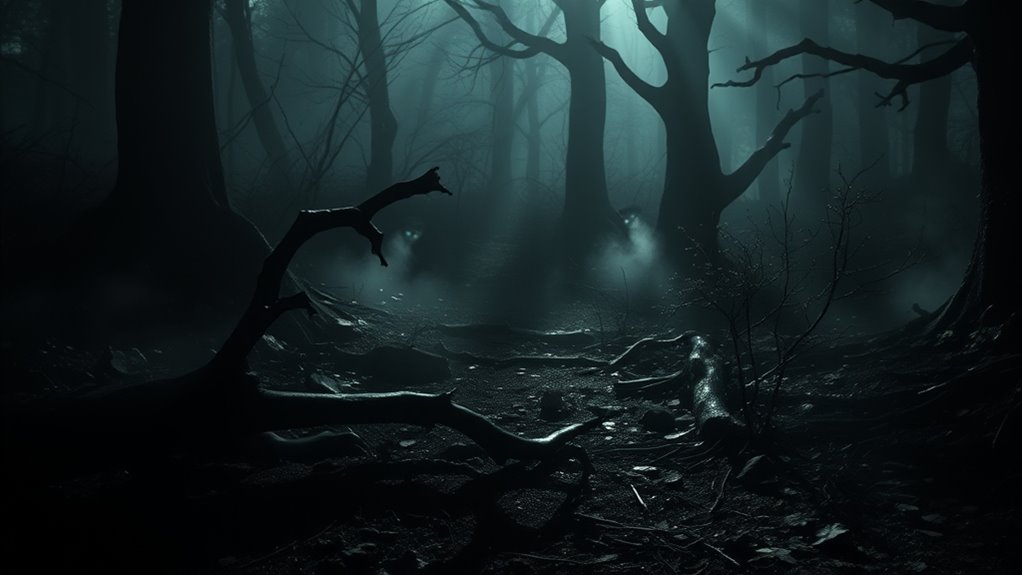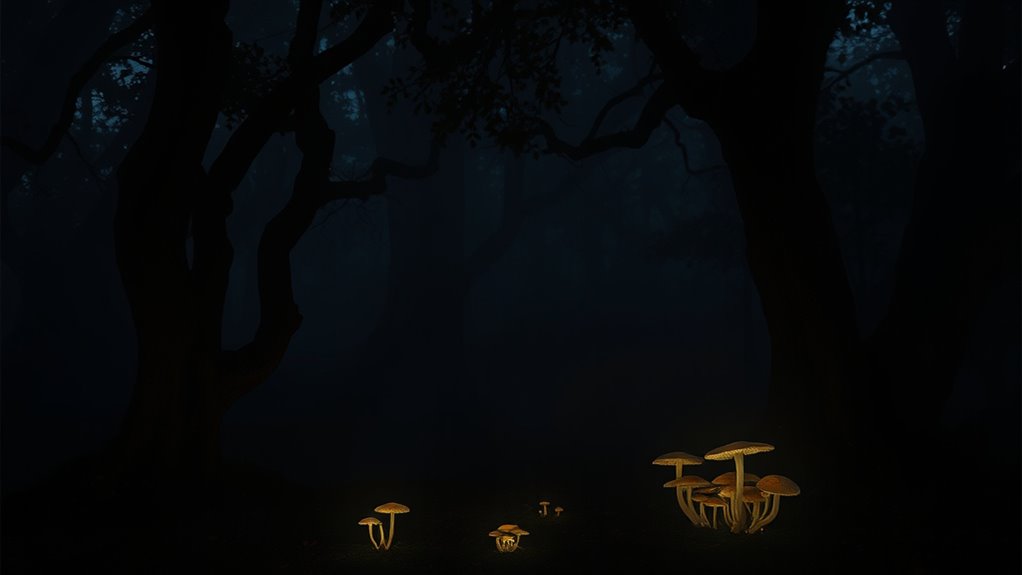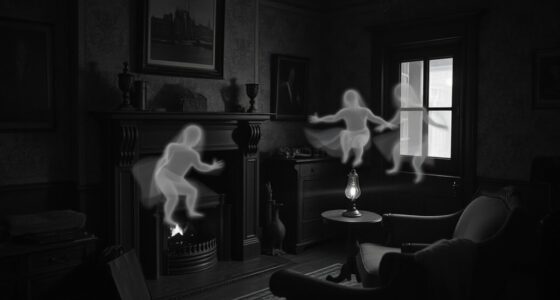Strange noises like the Bloop and Taos Hum have puzzled people for decades. You might hear unsettling sounds that seem linked to natural phenomena, like iceberg fractures or unexplained acoustic events. Have you ever experienced skyquakes or the haunting call of the Loneliest Whale? These mysterious sounds raise questions about their origins and connections to our world. If you’re intrigued, there’s so much more to uncover about these enigmatic phenomena and what they might reveal.
Key Takeaways
- The Bloop is a mysterious underwater noise detected in 1997, possibly caused by iceberg fracturing, but remains unexplained.
- The Taos Hum is a low-frequency noise experienced by some New Mexico residents, with no definitive explanation for its origin.
- Skyquakes are unsettling sounds reported globally, often without clear sources, leading to speculation about military activities or natural phenomena.
- The Julia Sound, recorded in 1999, is linked to Antarctic icebergs, but its exact cause and connection to cosmic events are still debated.
- The Loneliest Whale’s unique 52 Hertz call remains a mystery, with its species and gender unidentified, evoking feelings of isolation.

Strange noises have puzzled scientists and enthusiasts alike, capturing our imaginations and sparking theories. Among the most intriguing sounds is “The Bloop,” detected in 1997. This mysterious underwater noise, reminiscent of marine animal calls, is too loud to be attributed to any known creatures. Theories abound, suggesting it might be caused by iceberg fracturing in the depths of the ocean. Imagine the vast, icy waters around the world, where such a powerful sound could originate, hinting at the mysteries lying beneath the surface.
The Bloop, a mysterious underwater sound from 1997, hints at the hidden secrets of our ocean’s depths.
Then there’s the Taos Hum, a low-frequency noise that only about 2% of residents in New Mexico can hear. This phenomenon baffles both locals and researchers. Is it an acoustic phenomenon or a psychological quirk, like mass hysteria? You may find yourself straining to hear it, caught between curiosity and skepticism. The absence of a concrete explanation only adds to the enigma surrounding this sound, making you wonder if you could be one of the few to experience it.
Skyquakes have also captured attention globally. These curious noises, often reported near coastlines, create rattling sounds that can send shivers down your spine. Theories about their origin include military aircraft, crashing waves, meteors, or even earthquakes. Picture yourself standing by the shore, feeling the ground tremble as an unexplainable noise reverberates in the air. You might feel a mix of fear and fascination, keen to uncover the source of such strange sounds.
First recorded in 1999, the Julia Sound is another eerie underwater noise believed to be linked to Antarctic icebergs. The chilling sound, often likened to whining or cooing, stirs up curiosity about its origin. What other secrets lie within the icy domain where these sounds echo? As you contemplate the possibilities, you can’t help but wonder if such phenomena might be connected to events occurring beyond our planet, like the mysterious vibrations believed to come from black holes.
Lastly, consider the Loneliest Whale, known for its unique 52 Hertz call. This whale’s high-pitched sound is unlike any other, and its species and gender remain unidentified since it hasn’t been sighted since 2004. The haunting loneliness of this creature’s call resonates with anyone who’s ever felt out of place. These strange noises remind us of the vastness of our world, filled with mysteries waiting to be unraveled.
Frequently Asked Questions
What Is the Most Mysterious Sound Ever Recorded?
When you think about the most mysterious sound ever recorded, you might consider the Bloop. Detected in 1997, it resembles marine animal calls but is far too loud for any known creature.
You could also explore the Upsweep, linked to volcanic activity, or the Julia Sound, which echoes across the Pacific.
Each of these sounds sparks curiosity, leaving you to wonder about their origins and what secrets the ocean still holds.
What Does It Mean When You Hear Strange Noises?
When you hear strange noises, it could mean a variety of things, from natural phenomena to human-made sounds.
Investigate the source; could it be an atmospheric anomaly like a Skyquake?
Maybe it’s a local hum, like the Taos Hum, affecting just a few people.
Pay attention to patterns, as these noises might reveal something intriguing.
Trust your instincts—sometimes, they lead you to uncover the mysteries behind the sounds you encounter.
What Is the Sound We Can’t Hear?
The sounds you can’t hear often exist outside the range of human perception, like ultra-low frequencies or high-pitched tones.
These sounds, sometimes referred to as infrasound or ultrasound, can impact your environment without you realizing it. For instance, certain natural phenomena or technological sources create vibrations that your ears can’t detect.
While you mightn’t hear them, they can still influence your emotions or even your physical well-being in subtle ways.
What Is the Condition Where You Make Weird Noises?
You might think making weird noises is just a quirky trait, but it can actually be a sign of Tourette syndrome. This condition brings involuntary motor and vocal tics, often starting in childhood.
You could find yourself grunting or clearing your throat without meaning to. Though the exact cause isn’t clear, treatments like behavioral therapy can help manage these tics, allowing you to navigate life with more ease, despite the challenges.
Conclusion
In the end, those strange noises linger in your mind, leaving you with a mix of curiosity and unease. You can’t help but wonder what unseen forces might be at play in the shadows. Are they echoes of the past, or something more mysterious? As you lie in bed, the sounds weave through your thoughts, reminding you that some mysteries may never be solved. But isn’t that what makes life all the more intriguing?









